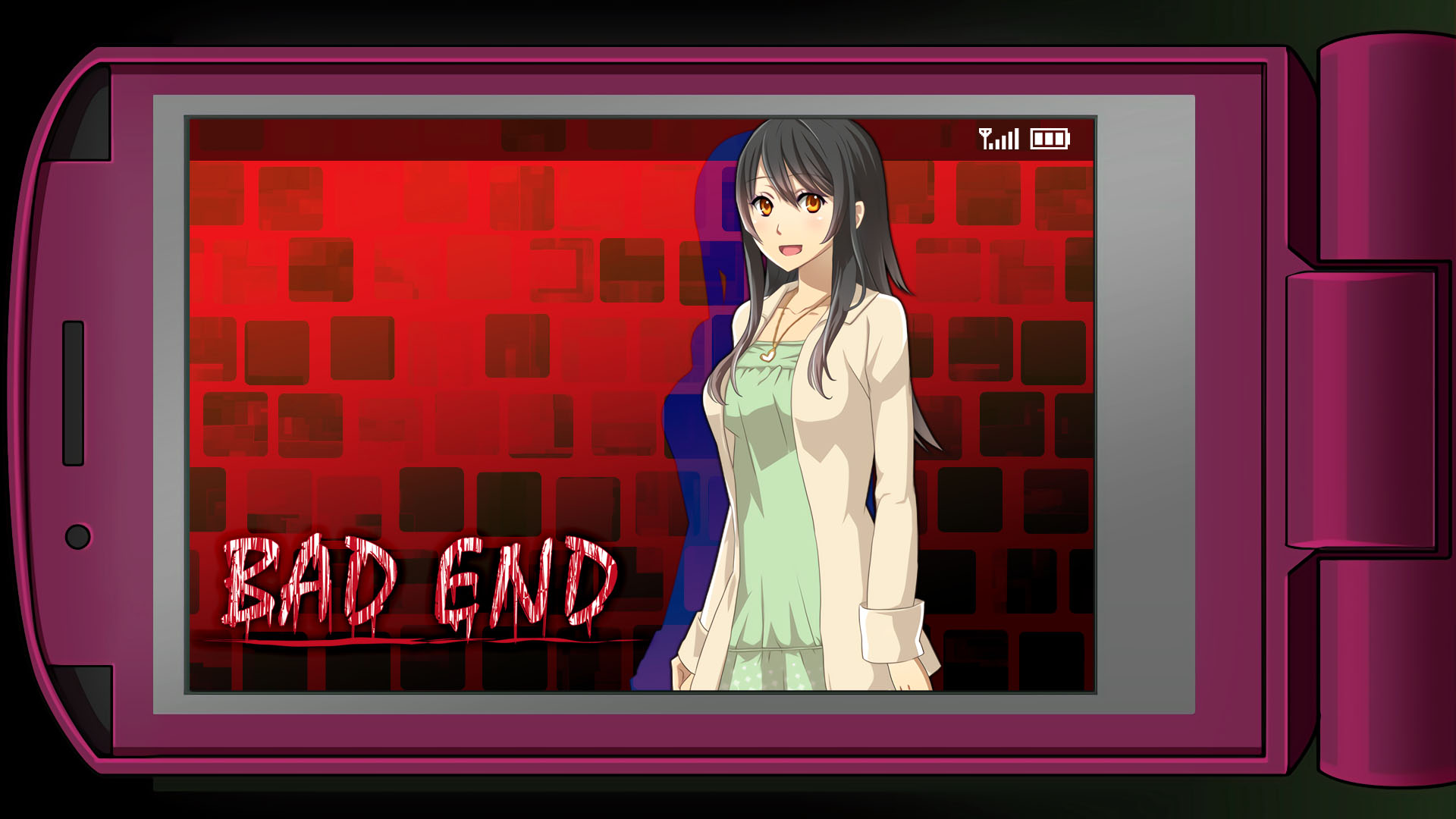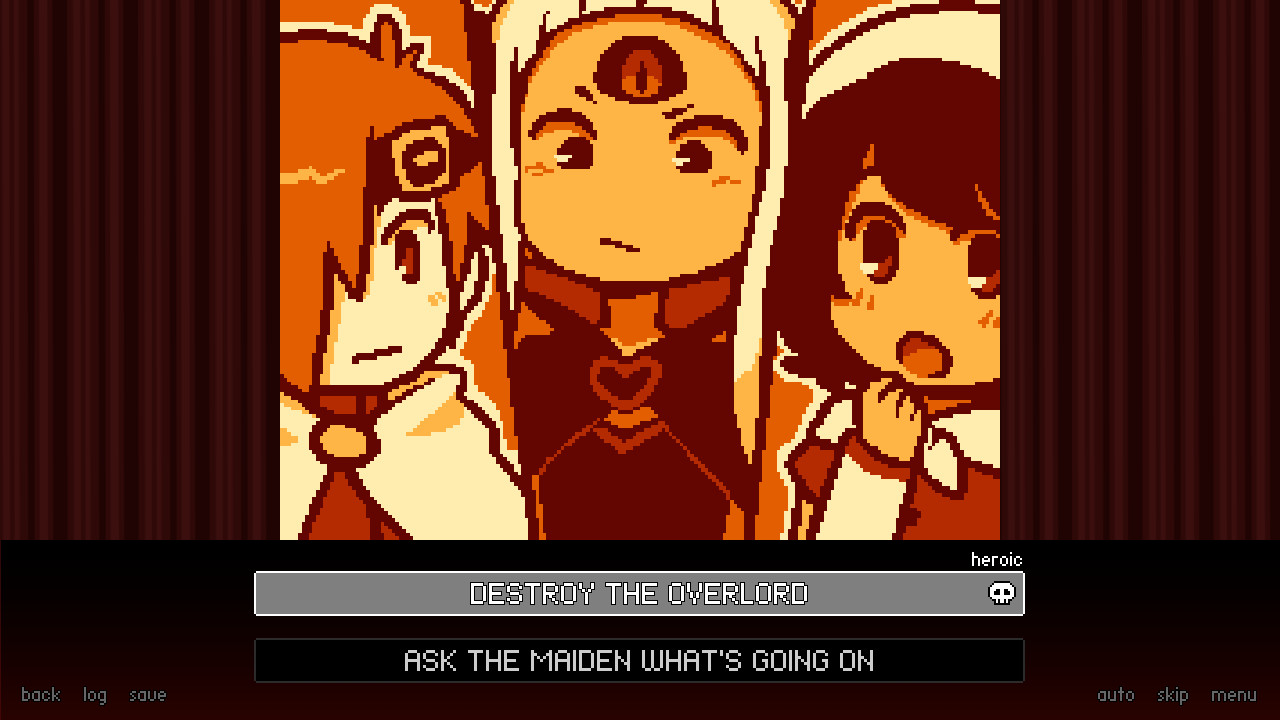In the realm of storytelling, “Bad Ending Maker Chapter 1” emerges as a comprehensive guide to crafting compelling and heart-wrenching endings. As we delve into the depths of this chapter, we will explore the intricate art of creating a sense of dread, hopelessness, and the unexpected.
Through a blend of practical examples and insightful analysis, this chapter provides a roadmap for authors seeking to leave a lasting impact on their readers. From character development to setting and atmosphere, we will uncover the secrets of crafting bad endings that resonate long after the final page is turned.
Bad Ending Scenarios

In storytelling, a bad ending refers to a conclusion where the protagonist fails to achieve their goals, experiences a tragic loss, or faces an undesirable outcome. Bad endings can serve various purposes, from providing a sense of closure to highlighting the consequences of certain actions or decisions.
Common Types of Bad Endings, Bad ending maker chapter 1
- Tragic Ending: The protagonist suffers a significant loss, such as the death of a loved one, or faces an irreversible tragedy that shatters their hopes and dreams.
- Unresolved Ending: The story concludes without providing a clear resolution to the protagonist’s conflict, leaving the audience with a sense of uncertainty and ambiguity.
- Ironic Ending: The protagonist’s actions or intentions lead to an outcome that is contrary to their expectations, often resulting in a sense of bitter irony.
- Ambiguous Ending: The ending leaves the fate of the protagonist open to interpretation, allowing the audience to speculate on what may have happened.
Character Development and Motivation

In the realm of storytelling, the characters and their motivations are the driving forces that propel the narrative forward. However, when these elements are flawed or misaligned, they can lead to disastrous consequences, resulting in the dreaded bad ending.
Character Flaws and Pitfalls
Character flaws are inherent weaknesses or shortcomings that can hinder a character’s ability to make sound decisions. These flaws can range from personality traits, such as pride or impulsivity, to physical or mental limitations. When these flaws are left unchecked, they can lead to a cascade of poor choices and ultimately to a tragic end.
For instance, in Shakespeare’s “Romeo and Juliet,” the titular characters’ youthful impulsivity and intense passion for each other lead them to defy their families and society’s expectations. Their rash actions ultimately result in their tragic demise.
Motivation and Choices
A character’s motivations are the driving forces behind their actions. When motivations are misguided or incompatible with the character’s true nature, they can lead to a disconnect between the character’s intentions and their actions. This disconnect can result in a series of choices that ultimately lead to a bad ending.
For example, in the film “The Great Gatsby,” Jay Gatsby’s obsession with recapturing the past and his belief that wealth can buy love ultimately lead to his downfall. His misguided motivations and unrealistic expectations drive him to make reckless decisions that ultimately end in tragedy.
Foreshadowing and Potential Pitfalls
Foreshadowing is a literary device that hints at future events or outcomes within a story. By weaving subtle clues and foreshadowing elements into the narrative, authors can create a sense of unease and anticipation in the reader. These clues can serve as warning signs, alerting the reader to potential pitfalls and the consequences of the characters’ actions.
For instance, in the novel “The Lord of the Rings,” the One Ring’s corrupting influence is foreshadowed through various encounters and warnings throughout the story. The characters’ repeated failures to resist the Ring’s power serve as a grim reminder of the dangers that lie ahead.
Setting and Atmosphere

The setting of a bad ending maker chapter 1 plays a crucial role in establishing a sense of doom and hopelessness. It is a place where darkness prevails, and the characters are trapped in a never-ending cycle of despair.
The use of symbolism and imagery is prevalent in creating a haunting and oppressive atmosphere. The setting is often depicted as a desolate wasteland, with barren landscapes and crumbling structures. This symbolizes the characters’ inner turmoil and the futility of their struggles.
Role of Sound Effects and Music
Sound effects and music play a vital role in enhancing the mood of the setting. The use of eerie sound effects, such as howling winds and creaking doors, creates a sense of unease and tension. The music is often melancholic and somber, reflecting the characters’ emotional state and the inevitability of their fate.
Story Structure and Pacing

Building tension and suspense is crucial in creating a compelling narrative. It keeps readers engaged and invested in the story, eager to know what happens next. By gradually increasing the stakes and introducing obstacles, you can build a sense of anticipation and uncertainty that drives the plot forward.
Creating a Sense of Urgency and Inevitability
Creating a sense of urgency and inevitability is essential for a bad ending maker. The protagonist should feel like they are running out of time or that their actions have dire consequences. This can be achieved through the use of deadlines, ticking clocks, or foreshadowing that hints at an impending doom. By instilling a sense of urgency, you can create a fast-paced and adrenaline-pumping narrative that keeps readers on the edge of their seats.
Using Flashbacks and Flashforwards
Flashbacks and flashforwards can be powerful tools for adding depth and foreshadowing to a story. Flashbacks can provide insight into the characters’ past, motivations, and relationships, while flashforwards can offer glimpses of possible futures or foreshadow upcoming events. By strategically placing these narrative devices, you can create a complex and engaging story that keeps readers guessing until the very end.
Wrap-Up: Bad Ending Maker Chapter 1

In conclusion, “Bad Ending Maker Chapter 1” serves as an invaluable resource for writers seeking to master the art of crafting impactful and memorable endings. By embracing the principles Artikeld within this chapter, authors can create stories that linger in the minds of their readers, leaving them with a sense of profound emotional resonance.
Answers to Common Questions
What is the key to creating a sense of dread in a bad ending?
Establishing a sense of inevitability and hopelessness through foreshadowing, character flaws, and a haunting atmosphere.
How can character motivation contribute to a bad ending?
Characters’ flawed choices, driven by their motivations, can lead them down a path towards inevitable doom.
What role does setting play in enhancing the impact of a bad ending?
A well-crafted setting can create a sense of isolation, foreboding, and contribute to the overall atmosphere of despair.

